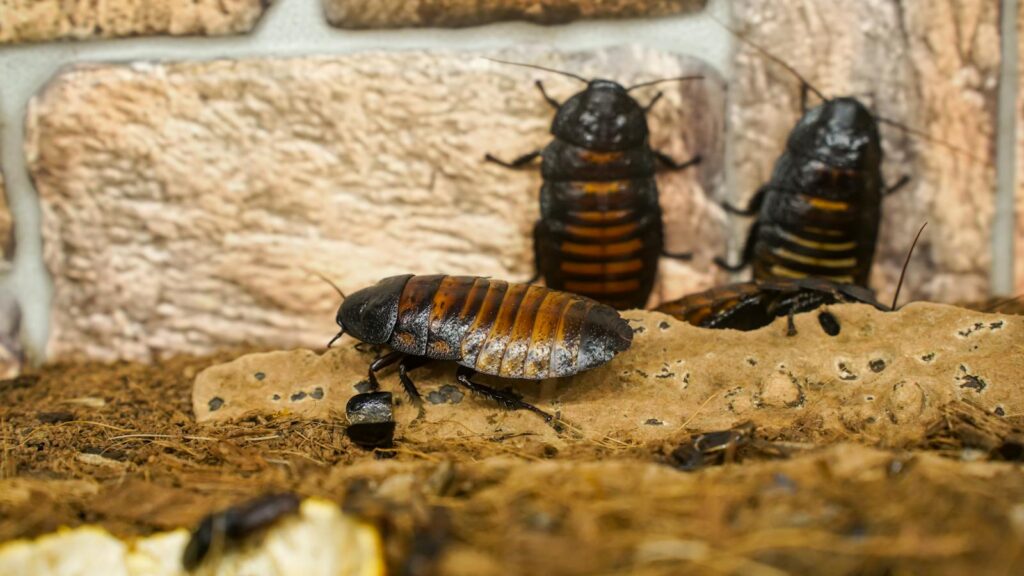When we contemplate ancient life forms that have stood the test of time, dinosaurs or sharks might first come to mind. However, the true champions of evolutionary endurance are insects. These remarkable arthropods have survived multiple mass extinctions and continue to thrive in virtually every habitat on Earth. Today, we’ll explore the fascinating world of living insect lineages whose ancestors were buzzing, crawling, and fluttering when dinosaurs ruled the planet. These incredible survivors have remained largely unchanged for hundreds of millions of years, earning them the nickname “living fossils.” Their enduring presence offers scientists unprecedented insights into evolutionary processes and ancient ecosystems while highlighting the remarkable resilience of these six-legged marvels.
Cockroaches: The Ultimate Survivors

Cockroaches represent one of Earth’s most enduring insect lineages, with fossil records dating back approximately 300 million years to the Carboniferous period. These resilient creatures existed long before the first dinosaurs appeared and have survived multiple mass extinction events that wiped out countless other species. Their remarkable adaptability is evidenced by their ability to go without food for months, survive radiation levels that would kill humans, and even live for a week without their heads. Modern cockroaches retain many primitive characteristics of their ancient ancestors, though they’ve gradually evolved certain adaptations to thrive in diverse environments, including human habitations. With over 4,600 species worldwide, these hardy insects have proven themselves as nature’s ultimate survivors through geological epochs and changing planetary conditions.
Dragonflies and Damselflies: Ancient Aerial Predators
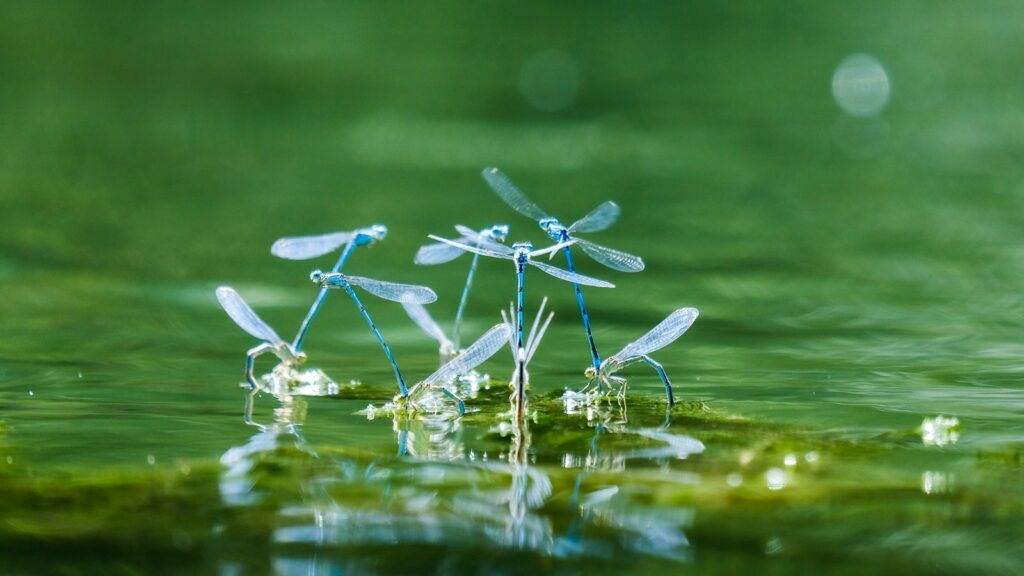
Dragonflies and their close relatives, damselflies (order Odonata), have been patrolling Earth’s skies for over 300 million years, making them among the oldest flying insect groups still alive. During the Carboniferous period, their ancestors, known as Protodonata or griffinflies, reached astonishing sizes with wingspans up to 2.5 feet (75 cm) – larger than many modern birds. Today’s dragonflies maintain the same basic body plan and predatory lifestyle as their prehistoric ancestors, with four wings that operate independently, allowing for extraordinary aerial maneuverability. These ancient hunters possess compound eyes with up to 30,000 facets, providing nearly 360-degree vision that makes them incredibly efficient predators. Dragonflies have survived virtually unchanged through multiple mass extinctions, demonstrating the remarkable effectiveness of their evolutionary design.
Silverfish: Primitive Household Invaders
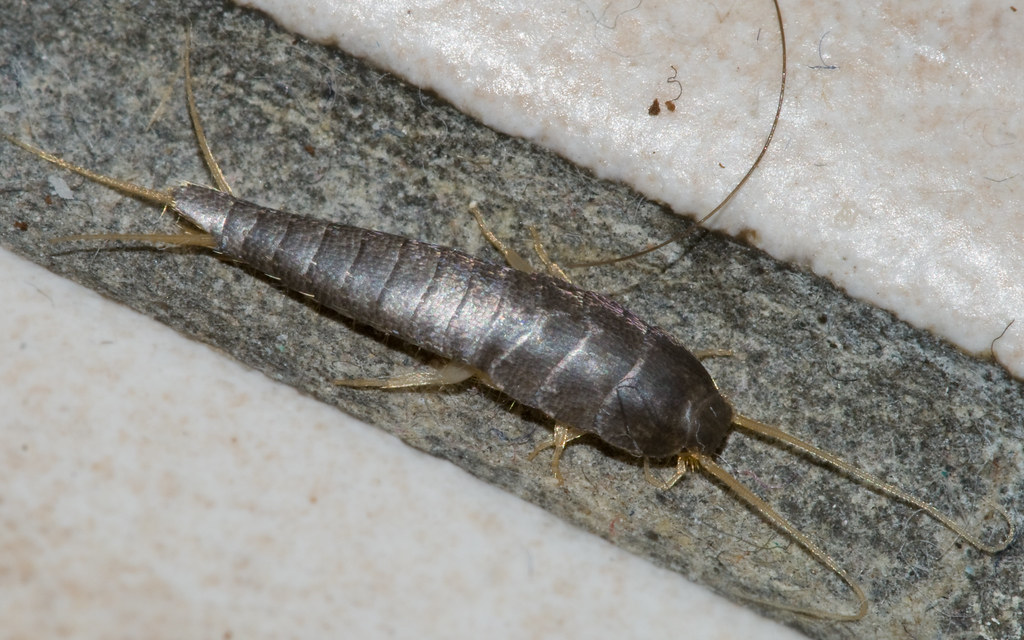
Silverfish (order Zygentoma) represent one of the most ancient lineages of insects still alive today, having emerged roughly 400 million years ago during the Devonian period. These primitive, wingless insects predate not only dinosaurs but also the evolution of flight in insects and many basic insect adaptations we now take for granted. Silverfish’s carrot-shaped bodies, covered in metallic scales and sporting three distinctive tail projections, closely resemble their prehistoric ancestors found in fossils. As members of the basal group Thysanura, they lack wings and undergo incomplete metamorphosis, retaining primitive characteristics that provide crucial insights into early insect evolution. Despite their ancient origins, silverfish have successfully adapted to modern environments, often finding their way into human homes where they feed on starches and cellulose in books, wallpaper, and clothing.
Mayflies: Ephemeral Yet Enduring
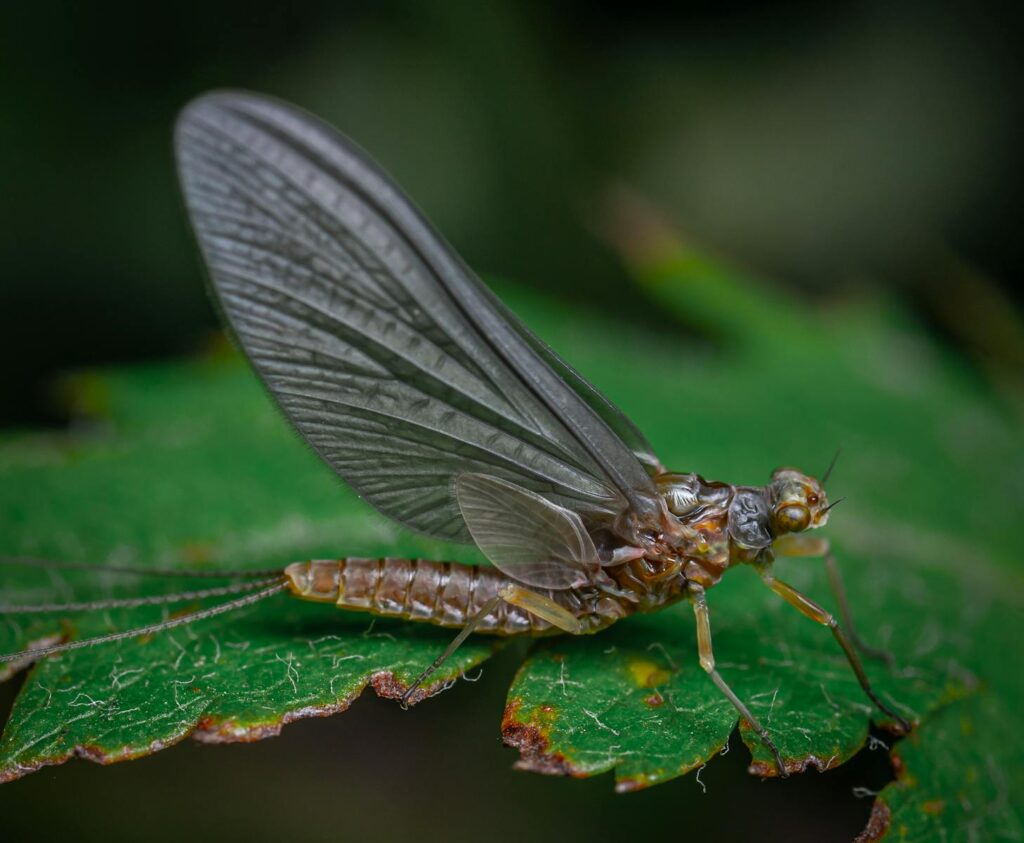
Mayflies (order Ephemeroptera) have maintained their distinctive lifecycle and morphology for over 300 million years, with fossil records dating back to the Carboniferous period. Their name “Ephemeroptera” – derived from the Greek for “short-lived wing” – perfectly describes their unique adult existence, which typically lasts just a few hours to a few days, solely dedicated to reproduction. Despite their brief adult lives, mayfly nymphs may spend months or years developing underwater, playing crucial roles in aquatic ecosystems as important bioindicators of water quality. The primitive wing structure of mayflies, with their triangular forewings and smaller hindwings, represents one of the earliest wing designs in flying insects. Their ancient lineage is further evidenced by their inability to fold their wings flat over their bodies when at rest – a primitive characteristic that most modern insect orders have evolved beyond.
Mantises: Ancient Ambush Predators
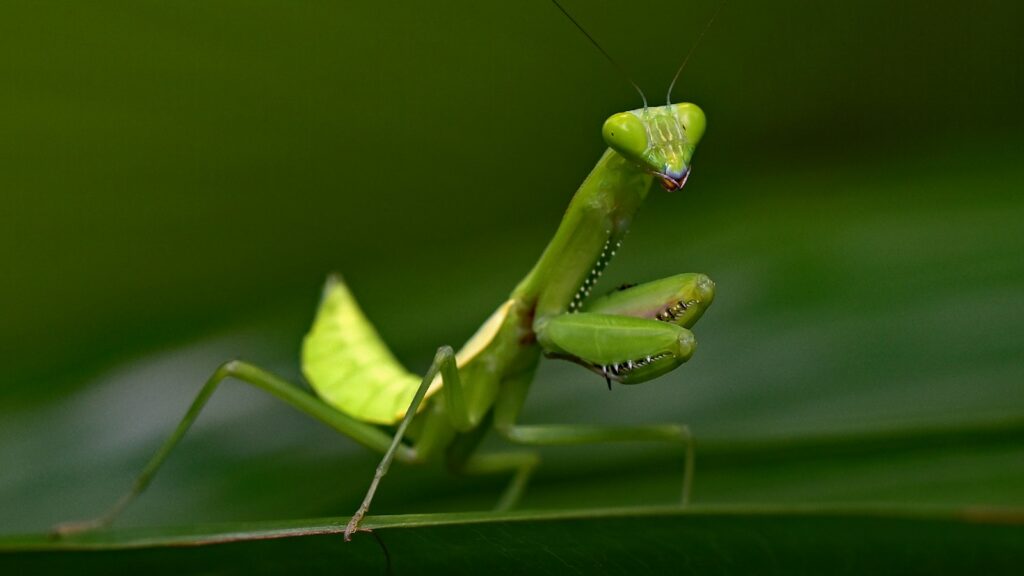
Praying mantises (order Mantodea) have been perfecting their distinctive predatory lifestyle for at least 140 million years, with fossil evidence dating back to the Cretaceous period. These iconic insects are characterized by their distinctive triangular heads with prominent compound eyes, elongated bodies, and specialized forelegs adapted for capturing prey in a lightning-fast strike. Mantises have maintained their basic body plan and hunting strategies throughout their long evolutionary history, with minimal changes to their fundamental design. Their remarkable hunting abilities are enhanced by their ability to rotate their heads nearly 180 degrees and their stereoscopic vision, which allows for precise depth perception when stalking prey. Some mantis species have evolved elaborate camouflage resembling flowers, leaves, or tree bark – adaptations that were already present in their distant ancestors as evidenced by fossil specimens preserved in amber.
Termites: Ancient Social Architects

Termites (order Blattodea, formerly Isoptera) have been building complex societies for over 130 million years, with their earliest fossils dating to the Early Cretaceous period. These social insects evolved from cockroach ancestors and maintain many primitive characteristics while developing remarkable social structures comparable to those of ants. Termite colonies demonstrate one of the earliest examples of eusociality – cooperative brood care, overlapping generations, and division of labor – which has remained fundamentally unchanged for millions of years. Their impressive architectural abilities allow them to construct enormous mounds with sophisticated ventilation systems, some reaching heights of 30 feet (9 meters) – a building feat proportionally more impressive than human skyscrapers. Termites’ ancient digestive partnership with specialized gut microbes enabled them to break down cellulose long before many other organisms evolved this ability, giving them access to abundant wood resources and contributing to their evolutionary success.
Stoneflies: Steadfast Stream Dwellers
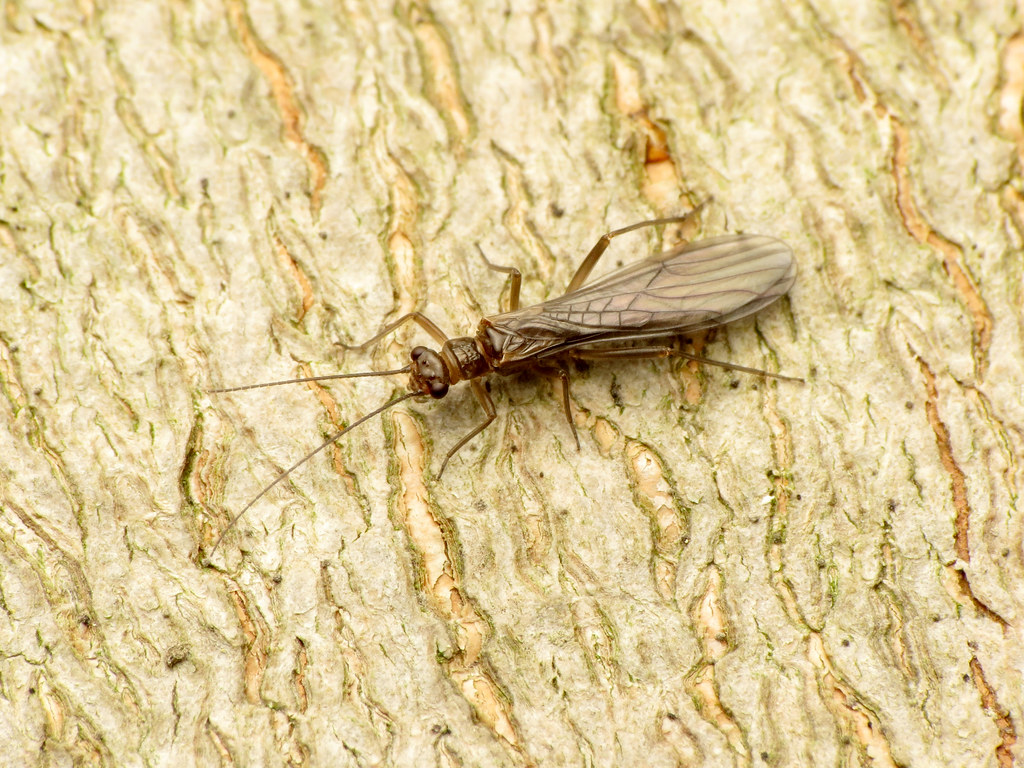
Stoneflies (order Plecoptera) have inhabited freshwater environments for approximately 250 million years, with fossils dating back to the Permian period. These aquatic insects have maintained their primitive characteristics throughout their long evolutionary history, making them valuable subjects for understanding ancient insect adaptations. Like mayflies, stonefly nymphs develop in water, where they serve as important indicators of water quality due to their low tolerance for pollution. Modern stoneflies closely resemble their ancient ancestors, with long antennae, two cerci (tail projections), and wings that fold flat over their bodies – though many species have reduced wings or are entirely wingless. Their name derives from their habit of often resting on stones in or near streams, a behavior their ancestors likely displayed in prehistoric waterways when dinosaurs still roamed the Earth.
Walking Sticks: Masters of Camouflage
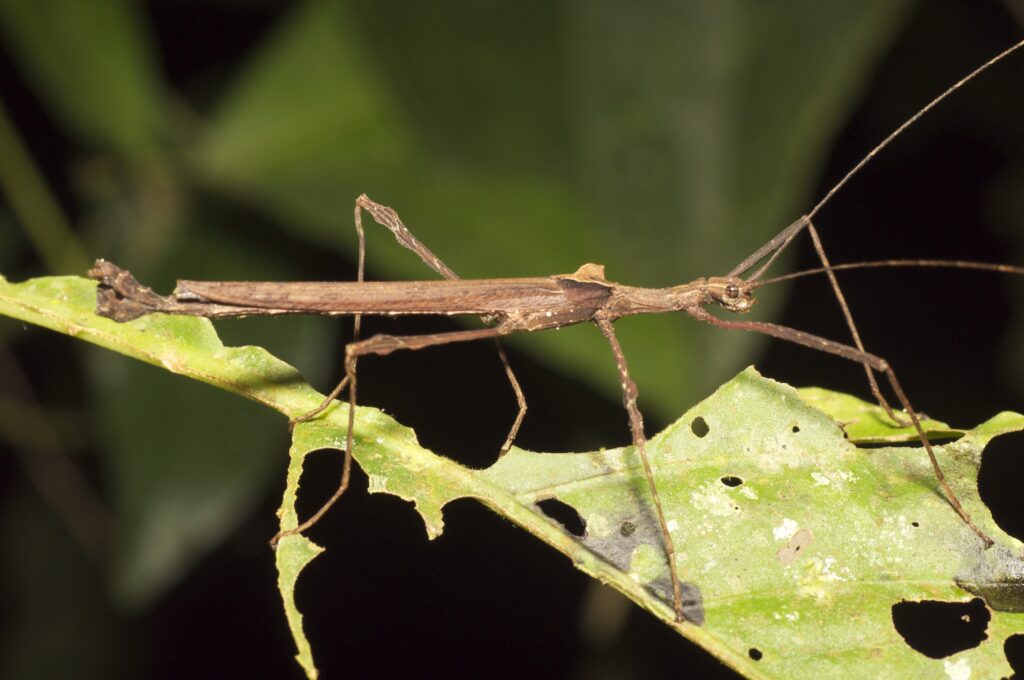
Walking sticks or stick insects (order Phasmatodea) have been employing their remarkable camouflage strategy for at least 126 million years, with definitive fossils dating back to the Early Cretaceous period. These insects specialize in mimicking plant parts – primarily twigs and leaves – with extraordinary fidelity that extends beyond mere appearance to include behaviors such as swaying to mimic branches in the wind. Some fossil specimens preserved in amber show that ancient stick insects already possessed the same camouflage adaptations we see in modern species, demonstrating the long-term success of this evolutionary strategy. Walking sticks exhibit sexual dimorphism, with females typically larger than males, a characteristic also observed in their prehistoric ancestors. While most modern walking sticks are wingless, some species retain functional wings – a reminder of their winged ancestors that navigated the prehistoric forests of the Mesozoic era.
Webspinners: Obscure Silk Producers
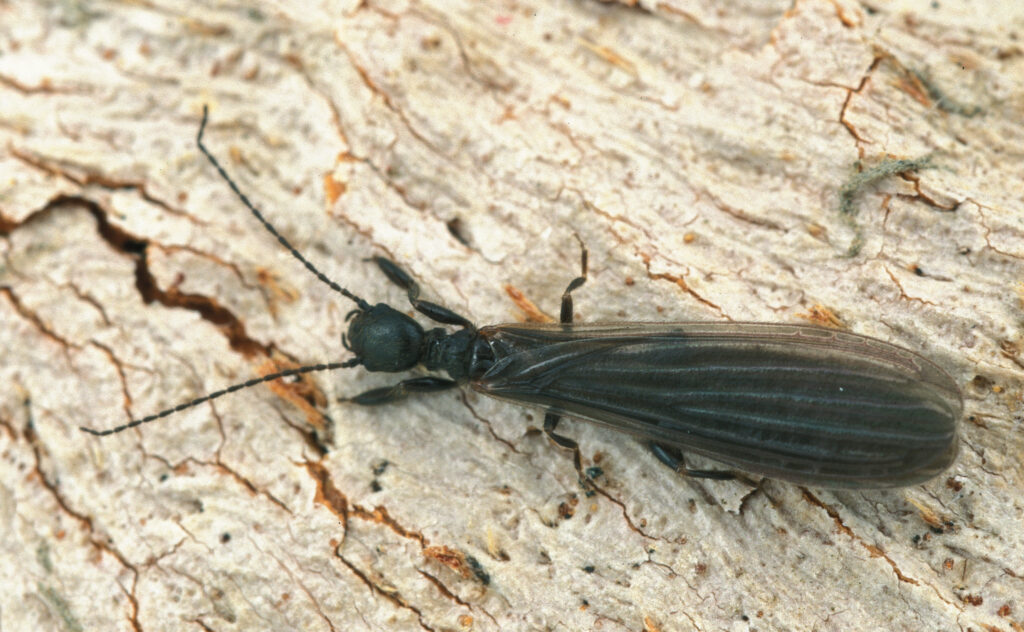
Webspinners (order Embioptera) represent one of the most ancient and least-changed insect lineages, with fossils dating back approximately 140 million years to the Early Cretaceous period. These small, secretive insects are unique among the oldest living insect orders for their ability to produce silk from specialized glands in their front legs rather than from abdominal glands like most silk-producing arthropods. Female webspinners are typically wingless and rarely leave their silken galleries, while males develop wings temporarily for reproduction – a pattern established in their prehistoric ancestors. Their social structure, with females caring for eggs and young in silk-lined tunnels, has remained largely unchanged for over 100 million years. Despite their ancient lineage and global distribution in tropical and subtropical regions, webspinners remain one of the least studied insect orders due to their cryptic lifestyle.
Caddisflies: Ancient Underwater Architects

Caddisflies (order Trichoptera) have been constructing protective cases from underwater materials for at least 200 million years, with fossils showing their distinctive tube-building behavior dating back to the Triassic period. These close relatives of butterflies and moths represent one of the oldest lineages of insects with complete metamorphosis, providing crucial insights into the evolution of this developmental strategy. Caddisfly larvae are aquatic and build protective cases using silk to bind together materials like sand grains, small pebbles, or plant matter – a behavior unchanged since the time of early dinosaurs. Modern caddisfly adults closely resemble their prehistoric counterparts, with moth-like bodies and wings covered in fine hairs rather than scales. Their ancient lineage has diversified into approximately 15,000 species worldwide, demonstrating the long-term success of their evolutionary adaptations in freshwater ecosystems across geological eras.
Bristletails: Living Relics
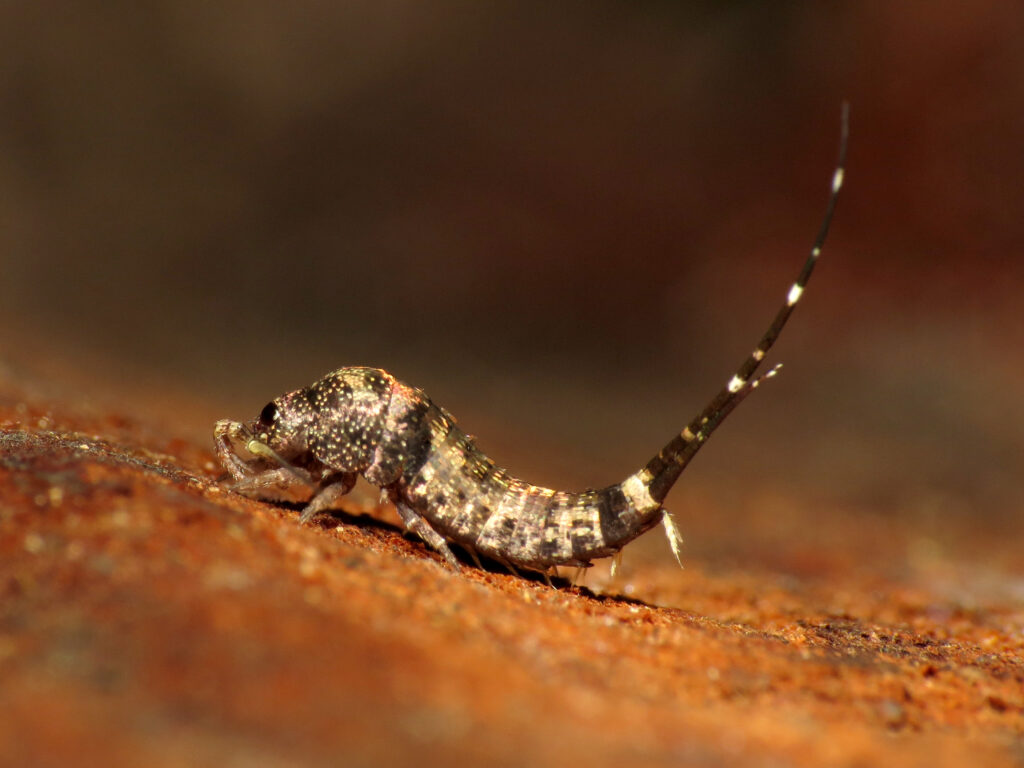
Bristletails (order Archaeognatha) represent what may be the most primitive living insect order, with fossils dating back over 400 million years to the Devonian period. These small, wingless insects with arched backs and three tail-like appendages (called cerci) look virtually identical to specimens preserved in ancient rocks, making them true “living fossils.” Unlike most insects, bristletails have retained the ancestral ability to continue molting throughout their adult lives, a primitive characteristic shared with non-insect arthropods. Their cylindrical bodies are covered with scales and possess compound eyes that meet at the top of the head – a feature not seen in most other primitive insect orders. Bristletails provide scientists with a living window into the earliest stages of insect evolution, maintaining characteristics that existed before insects developed wings, complex metamorphosis, or many other adaptations that characterize modern insect diversity.
Earwigs: Ancient Parental Caregivers

Earwigs (order Dermaptera) have maintained their distinctive appearance and behavior for over 200 million years, with fossils dating back to the Late Triassic period. Their most recognizable feature – the forcep-like cerci at the end of their abdomen – was already present in their prehistoric ancestors and serves multiple functions including defense, prey capture, and courtship. Despite their intimidating appearance and unfortunate name (stemming from an old wives’ tale about crawling into ears), earwigs display remarkably advanced parental care that has remained consistent throughout their evolutionary history. Female earwigs clean, protect, and even feed their eggs and nymphs – maternal behavior rarely seen in insects outside of social species. Most modern earwigs have wings folded intricately beneath short wing covers, a complex adaptation already present in their Mesozoic ancestors that has remained essentially unchanged for hundreds of millions of years.
Evolutionary Success and Future Prospects
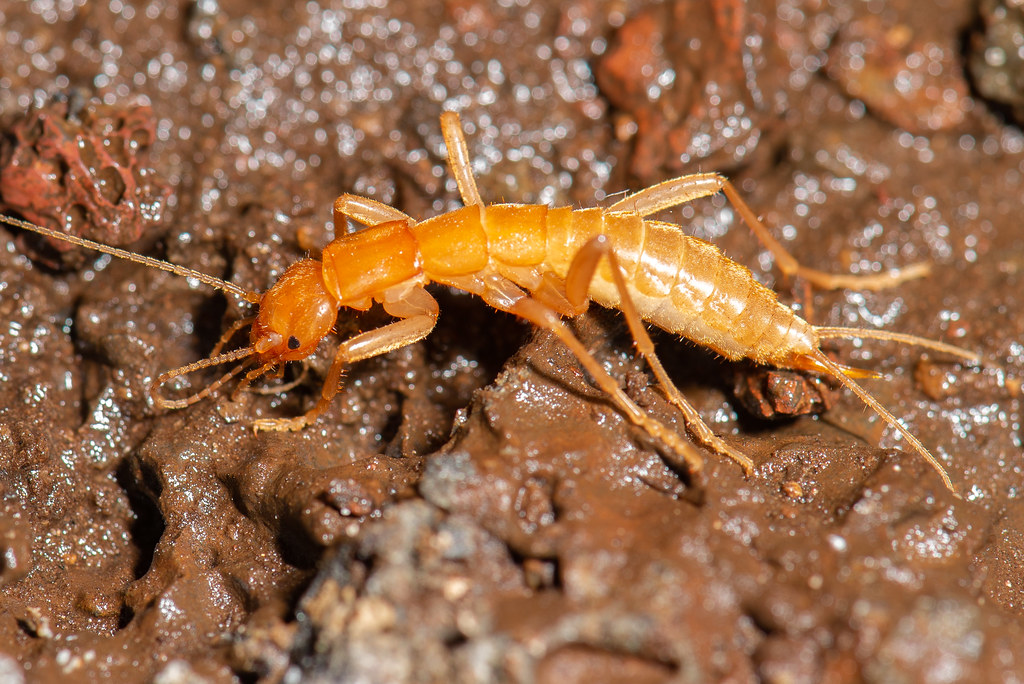
The remarkable longevity of these ancient insect lineages demonstrates the extraordinary success of their basic body plans and adaptive strategies. While dinosaurs rose and fell and mammals diversified, these insects persisted with minimal changes to their fundamental design, suggesting they achieved evolutionary optimization early in their history. Many of these ancient insects face contemporary challenges from habitat destruction, climate change, and pollution – ironically threatening lineages that survived multiple mass extinctions including the one that eliminated the dinosaurs. Conservation efforts specifically targeting these living fossils remain limited, as they often lack the charisma of larger endangered species despite their scientific importance. Understanding the resilience factors that enabled these insects to survive for hundreds of millions of years may provide valuable insights for conservation biology and possibly even human sustainability as we face our own environmental challenges in the Anthropocene era.
Conclusion

These ancient insects offer us a remarkable window into Earth’s distant past. Having survived catastrophic events that eliminated countless other species, they stand as living testaments to the power of evolutionary adaptation. From the primitive bristletails to the highly specialized termites, each of these groups tells a story of remarkable endurance. As we continue to study these living fossils, we gain invaluable insights not only about Earth’s biological history but also about the fundamental principles of survival and adaptation that might help us navigate our planet’s uncertain future. These ancient insects remind us that sometimes, evolutionary success isn’t about constant change, but about getting things right the first time.

